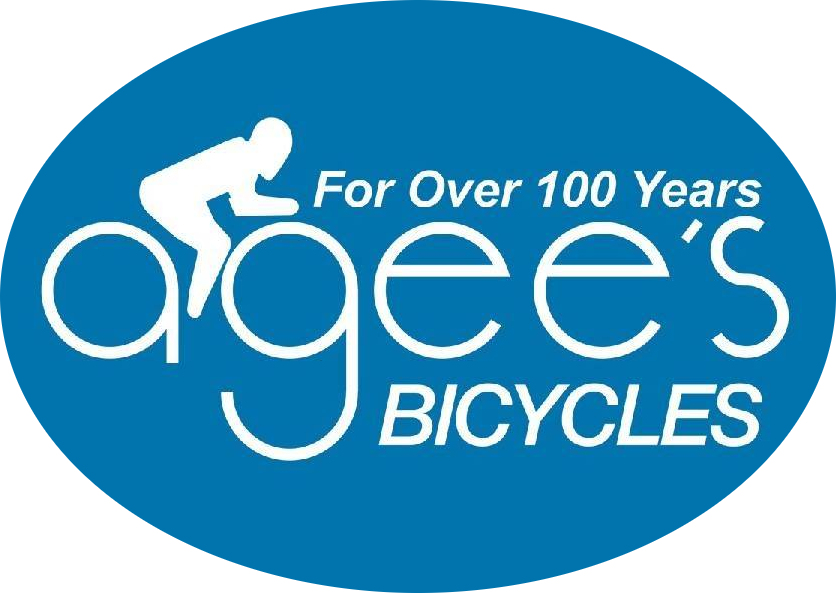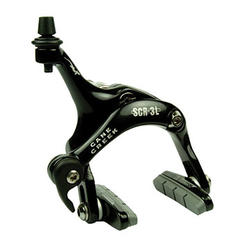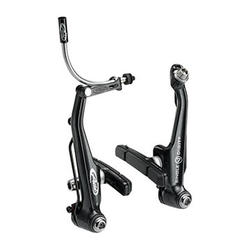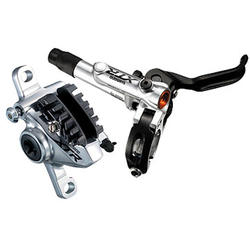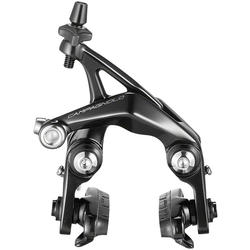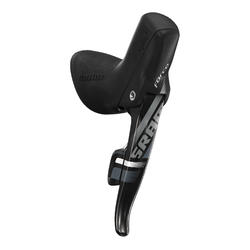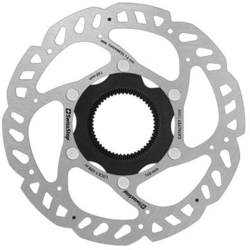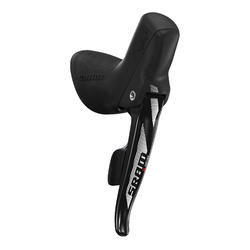Mountain Bike Brakes
Mountain Bike Brakes
Within mountain bikes one of the key features you see change within the range of bikes is the brake system. Brakes are heavily used on a mountain bike and greatly impact the ride quality. The different systems can be a little intimidating at first so we are going to break down the differences today!
Caliper brakes are the most basic design available. Bikes sold in bike shops no longer utilize this system as it has some pretty big shortcomings. A caliper brake uses a single mount above the brake and has two arms that come down from that mount. Those two arms are operated by one spring. It is difficult to set the tension evenly between both arms off of one spring, and the wheel puts a large amount of leverage on the arms and they have a tendency to bend. This design is not advisable for trail use and has been retired from adult mountain bikes sold in bike shops.
V-Brakes, also known as linear pull brakes, are the most used design in mountain bikes currently. They are a very simple and efficient design. The brakes have two mounts, one on each side of the wheel, and each have an arm and a spring. By having two independent arms and springs adjustment is much easier. The location of the mount also makes for a very strong design that is unlikely to bend. This design is strong, simple, and durable. The only real disadvantage of this design is wet weather conditions. When the brake is wet it looses a large amount of its stopping power.
Disc brakes are the newest design for mountain bikes and are rapidly gaining ground in the market. Disc brakes have a rotor that bolts directly to the hub of the wheel and a caliper that operates on the rotor to stop the bike. While adding a touch more complexity and weight to the bike most people find it a worthy trade off for the large amounts of stopping power, both in dry and wet conditions! There are two styles of disc brakes: mechanical and hydraulic. Mechanical will have a cable that runs from the lever to the caliper. While this design is simple and works well this cable can stretch a bit and be prone to corrosion. Hydraulic disc brakes operate on a similar principal to a car or motorcycle brake. The lever and caliper work together with a hydraulic line. Not only does this provide an incredibly smooth feel, it also gives great control, modulation, overall power, and predictability in performance.
Nathan Loop--W. Broad St.
